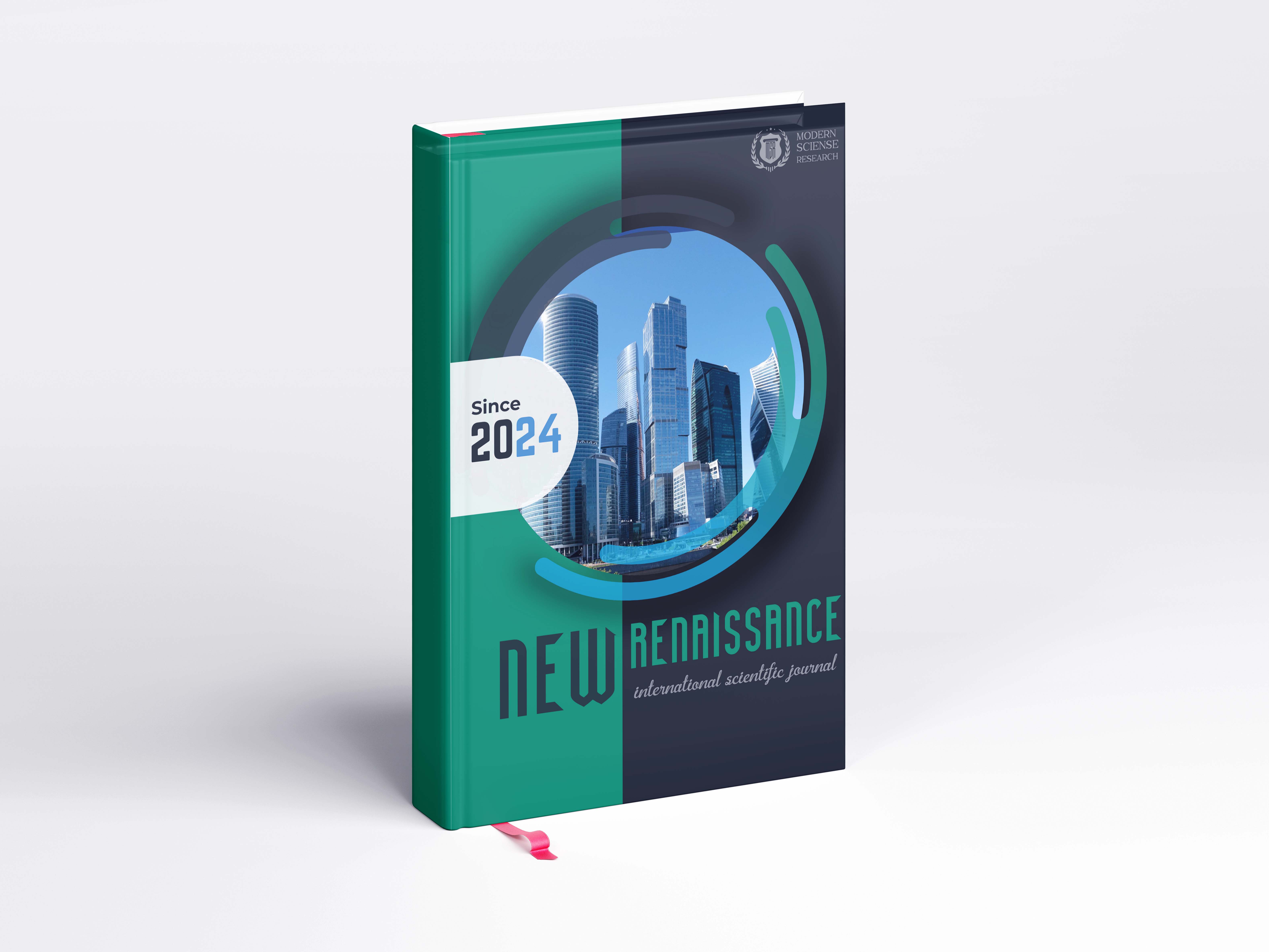Аннотация
This article investigates the multifaceted effects of large class sizes on student academic performance, teacher effectiveness, and overall educational quality within the context of Uzbekistan’s education system. Drawing on both international research and local insights, including in-class experiments and feedback from educators, the author highlights how overcrowded classrooms hinder learning, reduce teaching quality, and contribute to student behavioral issues. The study contrasts large public-school classes with smaller private school environments, emphasizing the benefits of class size reduction. It also connects low teacher salaries to systemic issues in educational quality, advocating for strategic reforms such as increased educator compensation, construction of more schools, and policy attention to class size reduction. The findings reinforce the argument that smaller class sizes can lead to higher academic achievement, more effective teaching, and better classroom management.
Библиографические ссылки
Badalova Maqsuda (2022). Improving quality indicators in modern education: the results of research on determining the optimal number of students in primary school. Zamonaviy ta’limda sifat ko’rsatkichlarini oshirish: boshlang’ich sinfda o’quvchilarning optimal sonini belgilash bo’yicha olib borilayotgan tadqiqot ishlari natijalari. Journal of innovations in scientific and educational research. Vol.2 Issue-16 (30 March)
David E. Morris, Sr & John Scott (no time). A revised pilot study examining the effects of the timing and size of classes on student performance in introductory accounting classes. Research in Higher Education Journal. Pages: 1-2
Eric A. Hanushek (1998). Improving Student Achievement: Is Reducing Class Size the Answer? Policy Brief, Progressive Policy Institute June 1998
Gambhir Bahodur Chand (2023). Teaching large classe: what teachers say and do? Far Western Review, Volume-1, Issue-1, June 2023,43
Iacovou, M. (2002). Class size in the early years: Is smaller really better? Educational Economics, 10(3), 261-290.
Jeremy D. Finn and Gina M (2003).The "Why's" of Class Size: Student Behavior in Small Classes. Research Fall 2003, Vol. 73, No. 3 p.321
Penny Fidler (2001). The impact of class size reduction on student achievement. Planning, Assessment and Research Division Publication No. 109 September 7, 2001
Yui Nakamura and Smitha Dev (2022). Effects of Class-Size Reduction on Students’ Performance. Pertanika J. Soc. Sci. & Hum. 30 (2): 797 - 812 (2022)
Yusuf, Taofeek Ayotunde; Onifade, C A.; and Bello, O S. (2016) "Impact of Class Size on Learning, Behavioral and General A?itudesof Students in Secondary Schools
